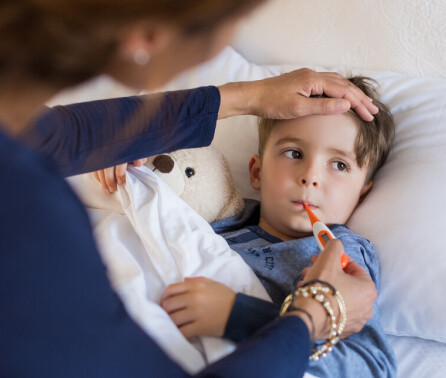BibTex format
@article{Gale:2021:10.1016/S2352-4642(21)00026-2,
author = {Gale, C and Longford, N and Jeyakumaran, D and Ougham, K and Battersby, C and Ojha, S and Dorling, J},
doi = {10.1016/S2352-4642(21)00026-2},
journal = {The Lancet Child and Adolescent Health},
title = {Feeding during neonatal therapeutic hypothermia: a retrospective population-based cohort study using routinely collected data held in the National Neonatal Research Database},
url = {http://dx.doi.org/10.1016/S2352-4642(21)00026-2},
volume = {5},
year = {2021}
}
RIS format (EndNote, RefMan)
TY - JOUR
AB - Background: There is limited evidence to inform feeding during neonatal therapeutic hypothermia; practice is variable. We aimed assess the association between feeding during therapeutic hypothermia and clinically important outcomes.Methods: Retrospective, population-based cohort study using the National Neonatal Research Database. We included all babies admitted to NHS neonatal units in England, Scotland or Wales, 1 January 2010 – 31 December 2017, that received therapeutic hypothermia for 72 hours or died during treatment. We formed matched groups for analysis using propensity scores and compared outcomes in babies fed during therapeutic hypothermia to those that were not. The primary outcome was severe necrotising enterocolitis confirmed at surgery or causing death; we also described pragmatically defined necrotising enterocolitis including lower severity disease, infection, survival, hypoglycaemia, parenteral nutrition and central line days, measures of breastmilk feeding, length of stay and weight. Pre-registered ISRCTN47404296.Findings: 6030 babies received therapeutic hypothermia and 1873 (31%) were fed during hypothermia. Seven babies (0·1%) were diagnosed with severe necrotising enterocolitis. 3236 babies were selected for the matched feeding analysis (1618 pairs) and good balance was achieved for all recorded background variables. Pragmatically defined necrotising enterocolitis was rare both fed and not fed groups (0·6% and 1·1% respectively). Higher survival to discharge (difference 5·2%; 95% CI: 3·9, 6·6; p<0·0001) and breastfeeding at discharge (difference 8·0%; 95% CI: 5·1, 10·8; p<0·0001) were seen in fed babies, who also had shorter neonatal stays (difference -2·2 days, 95% CI: -3·0, -1·2; p<0.0001). Interpretation: Necrotising enterocolitis is rare in babies receiving therapeutic hypothermia. Feeding during hypothermia is associated with l
AU - Gale,C
AU - Longford,N
AU - Jeyakumaran,D
AU - Ougham,K
AU - Battersby,C
AU - Ojha,S
AU - Dorling,J
DO - 10.1016/S2352-4642(21)00026-2
PY - 2021///
SN - 2352-4642
TI - Feeding during neonatal therapeutic hypothermia: a retrospective population-based cohort study using routinely collected data held in the National Neonatal Research Database
T2 - The Lancet Child and Adolescent Health
UR - http://dx.doi.org/10.1016/S2352-4642(21)00026-2
UR - https://www.thelancet.com/journals/lanchi/article/PIIS2352-4642(21)00026-2/fulltext
UR - http://hdl.handle.net/10044/1/87324
VL - 5
ER -
